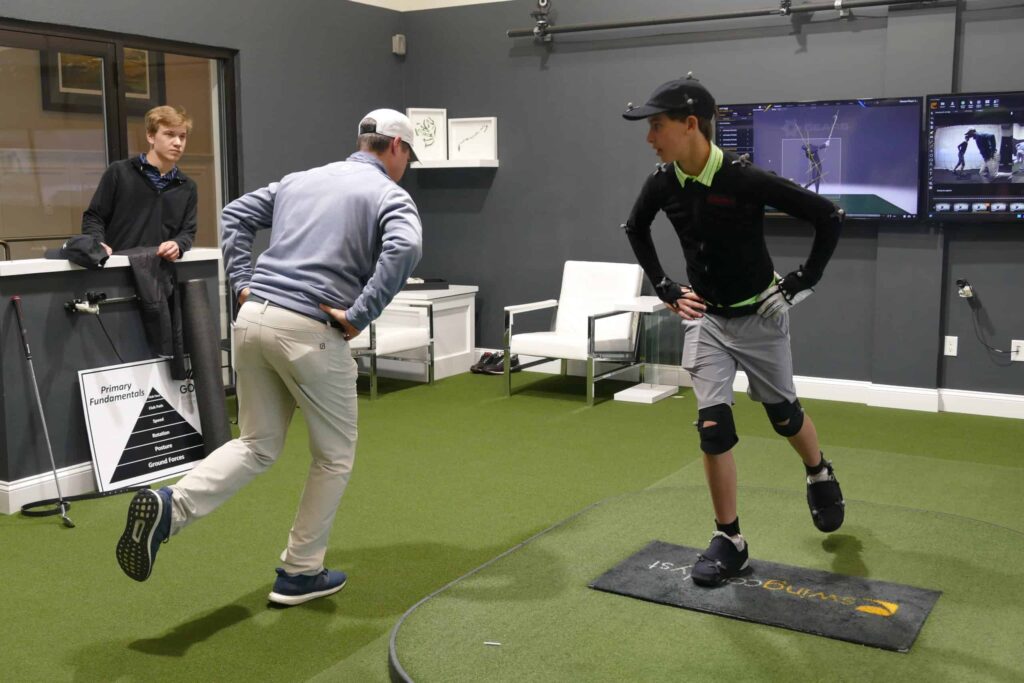Before you read any further, take a close look at these photos. What do you notice? Sure, they all have countless championships between them, but look at their posture. They are in what is referred to in sport as a “ready position” or an “athletic position.” More technically speaking, they are hinging from their hips to prepare for the move they are about to make. Each of these photos have been taken at a slightly different moment in respect to the motion that happens a split second later, but in general there is similarity between their set up positions. Their weight is in the front of their arches, their knees are slightly flexed over their laces, their spines are neutral, and their hips are hinged as a result.
So why do we hip hinge in sport? For starters, the position gets our center of gravity in a place that promotes the ability to react and move quickly. From a biomechanics standpoint, the hip hinge allows an athlete to apply the most force possible into the ground. The posterior chain (large muscle groups that make up the back of the body) becomes engaged, active, and ready to work and support safe, quality movement to allow the athlete to be as powerful as possible. This position can be found in some of the most powerful lifts we will do in our Academy workouts (hip bridging, kettlebell swings, deadlifts, etc.) so it is critical that this move is mastered!
One common limitation that affects the ability to hinge from the hips correctly is your hamstring flexibility. When tight, the hamstrings have a tendency to pull the pelvis into a posterior tilt (butt under) which flexes the lumbar spine and increasing your risk of injury. As a result these athletes are forced into more of a knee dominant position and the glutes often become inhibited as a result. If you need help honing your hinge, let us know! Kyle, Connor, and myself will be checking hinges all weekend, let’s take a look!


